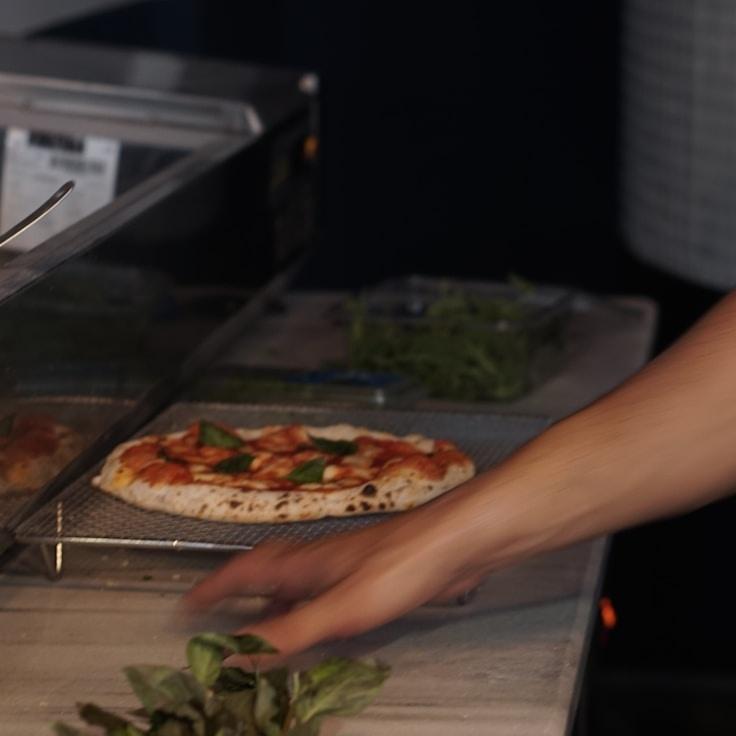Here at SoftGround Pizzeria, we hold the notion that superb pizza is built on the back of superb dough. With over three decades spent honing our method, we're thrilled to let you in on some of our time-tested secrets. We can't divulge our special formula, as some things are meant to be kept a mystery, but these guidelines will aid you in preparing a pizzeria-level pizza dough in the comfort of your own kitchen.
Choosing the Right Flour
The cornerstone of any delicious pizza dough is premium flour. Our top choice is 00 flour, known for its superfine texture and moderate protein content, typically around 12%, lending a balance of elasticity and softness to the dough. In the absence of 00 flour, a viable alternative is bread flour, though the final consistency may vary slightly.
Optimizing Water Temperature and Dough Hydration
The warmth of the water utilized heavily influences the length of the fermentation process and the characteristics of your dough. For a prolonged fermentation that yields richer tastes, employ cold water set to approximately 45°F (7°C). Conversely, for a speedier fermentation, opt for water that's tepid, at about 85°F (29°C). The ideal hydration ratio, which is water relative to flour, should rest between 60-70% for the typical home oven.
Yeast Quantity and Fermentation Duration
The key to creating dough with depth of flavor lies in using minimal yeast and permitting the dough to ferment gradually. Our process uses a mere 0.2% fresh yeast in relation to the flour, and we let the dough ferment leisurely for a period ranging from 24 to 48 hours. This slow procedure cultivates intricate taste profiles and enhances digestibility.
The Role of Salt Beyond Seasoning
Salt's purpose extends past flavor enhancement; it fortifies gluten networks and acts as a fermentation moderator. We prescribe fine sea salt at a proportion of 2.5-3% to the flour. Introduce salt once your flour and water commence amassing to avoid a direct confront with the yeast.
The Craft of Fermentation
Post-mixing, let your dough undergo a primary bulk fermentation at ambient temperature for a span of 2 hours before dividing it into separate portions. Then, tuck the divided dough balls into lidded containers and store them in a chiller for 24-72 hours. It's during this chilled fermentation that the alchemy unfolds; enzymes turn starches to sugars, which not only enhances taste but also contributes to our crust's characteristic golden hue.
Gentle Dough Handling
When you're ready to bake, take the dough out of the refrigerator a couple of hours ahead of time to bring it closer to room temperature. Treat the dough with a soft touch to retain the air bubbles that have formed. Rather than rolling, use your fingertips to spread and shape the dough, conserving those essential air pockets.
The Importance of Heat
Our wood-fired ovens soar to 850°F (454°C), a thermal threshold not generally attainable with domestic ovens, which often cap at about 550°F (288°C). To get around that, make sure to preheat a pizza stone or steel for a minimum of an hour to replicate the intense base heat crucial for a crisply baked bottom and a light inner texture.
Honing your craft in pizza dough is an enduring endeavor. Every preparation teaches something new about the craft of pizza-making. We advocate for methodical note-taking, tweaking the variables, and finding what fits best within the peculiarities of your domestic setting.
For a glimpse into our dough crafting, consider attending one of our monthly pizza workshops, where Chef Luca delves into these methods with greater elaboration. Peek at our events calendar to spot upcoming occasions!

